'EXPLORE' Act and Outdoor Accessibility
Air Date: Week of February 14, 2025
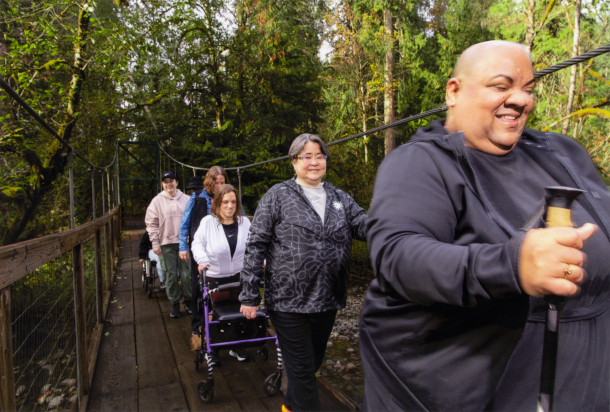
Disabled Hikers is a cross-disability-led nonprofit building disability community and justice in the outdoors. Shown here is a group hike led by Disabled Hikers. (Photo: Courtesy of Disabled Hikers)
A new bipartisan law aims to help people of all abilities explore the outdoors. Syren Nagakyrie founded the nonprofit Disabled Hikers and joins Host Jenni Doering to share insights about the challenges people with disabilities face visiting America’s public lands and how the new law could help.
Transcript
DOERING: From the geysers of Yellowstone to the grasslands of the Everglades, the United States has set aside countless state and national parks for the public to enjoy. But not everybody feels like the parks were designed with their needs in mind. People with disabilities often face significant obstacles when they’re venturing outdoors. So a key part of the bipartisan EXPLORE Act, passed in December 2024, seeks to expand access to the great outdoors for people with disabilities in public lands nationwide. Syren Nagakyrie is the founder and director of the non profit Disabled Hikers and they’re here to talk to us about what true outdoor accessibility would look like. Welcome to Living on Earth, Syren!
NAGAKYRIE: Thank you for having me.
DOERING: So what personal experiences inspired you to create this organization, Disabled Hikers?
NAGAKYRIE: Yeah, I created Disabled Hikers in March of 2018, and I grew up with multiple disabilities and chronic illnesses, and I'm neurodivergent myself, and being outdoors has always kind of been this place of belonging and comfort for me. So I moved up to the Olympic Peninsula in Washington State, and was really excited to go out and experience this incredible new landscape. And did all of my research ahead of time about this particular trail in the Quinault Rainforest, and thought it was going to be accessible and doable for me. Got there and immediately encountered all of these obstacles and barriers like steep stairs and rocky drop offs that were really difficult for me, and it put me in a really dangerous situation. And I was exhausted and in pain, and kind of wound up at this bridge over a waterfall, and just stopped there for a moment watching the water flow, and in that moment, was just really inspired and said, you know, I'm going to do something about this. And went home and wrote up a trail guide, put up a blog post, and Disabled Hikers was kind of born from there.
DOERING: So kind of talking more broadly, what barriers do people with disabilities face when it comes to accessing the outdoors?
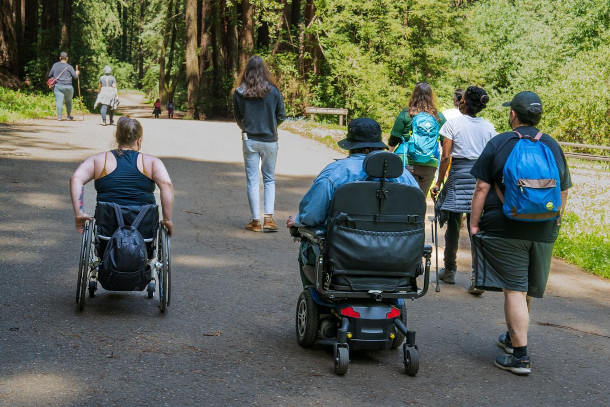
People with physical and mental disabilities face many obstacles when getting outdoors. Organizations like Disabled Hikers advocate for removing as many of those barriers as possible. (Photo: Orenda Randuch, Courtesy of Disabled Hikers)
NAGAKYRIE: Yeah, there's so many different types of barriers, and it really depends on the type of disability that people have, again, like steep stairs and rocky areas, things like steep cross slopes, which is the steepness on the, kind of the horizontal on the trail. That can be really difficult for people to walk on if they have balance issues or limb difference. Things like lack of benches, lack of water fountains, restrooms, kind of those amenities that really help make a trail more accessible for people. Things like clear information, clear signage, all of that. There's really so many different types of barriers out there.
DOERING: And you know, some disabilities are physical and they, they may or may not be super visible to other people on the trail. But I understand there's also mental disabilities that can make it harder, just like the experience of getting outdoors can be a challenge for people. So what do those include?
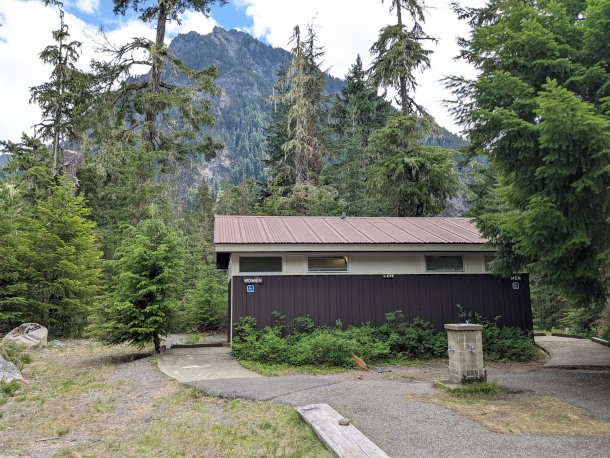
Access to amenities like benches, bathrooms, and water fountains can help people with disabilities navigate the outdoors. (Photo: NPS Photo, Wikimedia Commons, Public Domain)
NAGAKYRIE: Absolutely. So, you know myself, as I mentioned, I'm neurodivergent, so you know, I'm autistic and have ADHD. But there's also multiple types of neurodiversity out there, which is really just a term to refer to, really, the diversity of ways that brains process and exist and live in this world and interact with the world. And I can get really kind of confused and disoriented on a trail, especially if there's not good directions and no good maps. I get very overwhelmed. So I'm trying to process all of this information at once, trying to figure out where I am. So having that really clear direction on how to go and how to hike the trail is really helpful, too.
DOERING: You know, I think some people might assume that outdoor accessibility just means adding a sidewalk or a ramp to a park and calling it a day, but there really seems to be a lot more to it than that. What would true outdoor accessibility look like to you?
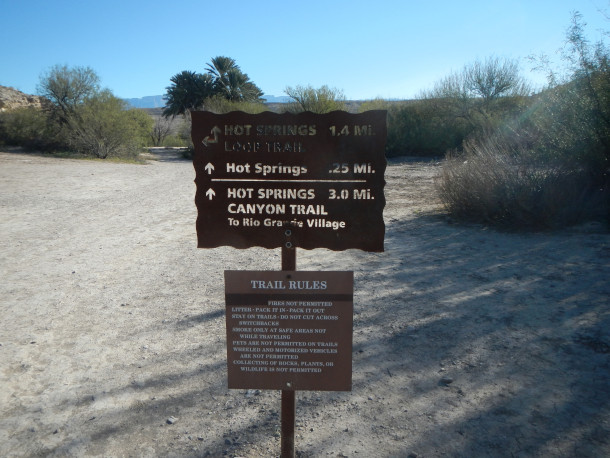
Clear trail directions also help improve accessibility. (Photo: JRick1, Wikimedia Commons, CC BY-SA 3.0)
NAGAKYRIE: Yeah, I think true outdoor accessibility, again, is really incredibly varied and diverse. So for example, it's things like Braille signage, it's tactile markers on trails for people who are blind, audio description units, access to, again, benches, water fountains, restrooms, those kind of amenities. And even, not everyone who is physically disabled or uses a wheelchair even wants paved paths and sidewalks. You know, there are lots of, for example, All Terrain wheelchairs and things like that, that are able to navigate more natural surfaces, and they want to have that kind of experience. And I think that people really think that what we want to do is pave over the wilderness, create all these sidewalks and paved trails and roads and things like that, and that is absolutely not what we advocate for. It's not what I want. It's really just about removing as many barriers as possible and creating space for disabled people to feel welcome and included and as part of the community. And I think often, you know, people approach these outdoor activities as, to be authentic and valid, you have to be out there climbing a 14,000 foot mountain or going for a multi day backpacking trip. But for us, we go out and hike maybe a half mile or a mile, and spend a couple of hours and spend a lot of time just looking at the trees and the plants and being in community, and that is absolutely a meaningful experience for everyone who attends.
DOERING: It's just as valid of an experience in the outdoors, in nature, as scaling a 14,000 footer, is what I hear you saying.
NAGAKYRIE: Mm hm, absolutely.
DOERING: So there's actually some legislation that was passed, the bipartisan EXPLORE Act was passed in December of 2024 and it seeks to, in part, improve access to the outdoors across the nation. To what extent do you think this act might have a real impact on the way that people with disabilities are able to experience the outdoors in the US?
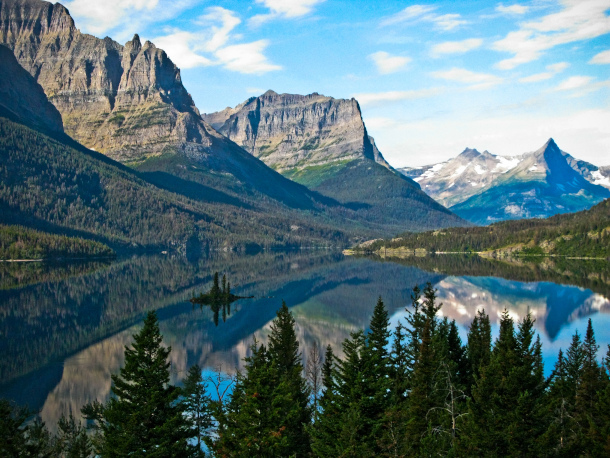
The bipartisan EXPLORE Act, passed in December 2024, aims in part to improve outdoor accessibility in public lands across the country. (Photo: Dave Sizer, Wikimedia Commons, CC BY 2.0)
NAGAKYRIE: Yeah, I'm very excited about this Act and it being now enshrined in law that the agencies have to start really addressing this. So I think having much more access to information, as I mentioned before, is so incredibly important, and that is a part of this law. It's requiring federal agencies to go out and do trail assessments and then provide that information to the public, and then to construct additional accessible trails and accessible recreation opportunities. And the Act definitely requires improved signage on trails, that kind of includes some of that basic trail accessibility information. So for example, length, width, grade, things like that, which is very focused on physical accessibility, which is again, very important, but not the entire picture, right, of what accessibility in the outdoors means or looks like. So I think signage also needs to focus on the directional component on a trail, so that they know where to go and how far to go on that trail. And I'm excited about, specifically, the stakeholder engagement piece. I think having that as a part of the law is so important. As someone who runs a community based organization, we're often left out of these decisions. So reaching out to the community is really important, and that has a huge impact on how these projects kind of come to fruition. And this law does not have funding attached to it yet, so hopefully there will be funding that has now become available for these projects.
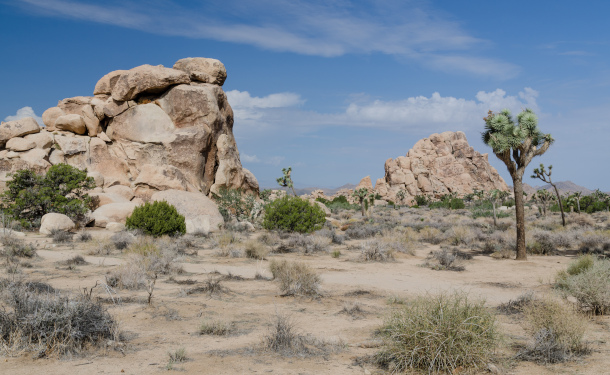
Contrary to popular belief, our guest Syren Nagakyrie says, accessibility does not mean simply paving over the wilderness. Instead, the focus is on removing barriers to access. (Photo: Tuxyso, Wikimedia Commons, Public Domain)
DOERING: I guess it's a authorization bill as opposed to a funding allocation bill.
NAGAKYRIE: Right, yeah.
DOERING: How partisan of an issue do you think this kind of access for people to the outdoors has become, or does it have a lot of opportunity to be a bipartisan issue that people of all different political persuasions come together on?
NAGAKYRIE: Yeah, I definitely think that it is and should be a bipartisan issue. Twenty five percent of the population is disabled, and we run all political spectrums and ideas. Unfortunately, I do think currently it is becoming a partisan issue, especially with the attacks on DEI, and accessibility is a part of that. So even within my own organization, in the last week or two, we've been facing loss of funding and loss of partnerships and things like that, because it is becoming such a politicized issue.
DOERING: I'm sorry to hear, that must be tough.
NAGAKYRIE: Yeah, it's difficult.
DOERING: And Syren, why do you spend time outdoors?
NAGAKYRIE: Yeah, for me, being outdoors is really about finding that sense of belonging and sense of connection. When I'm outside, I really, I experience disability in the landscape, you know, and I see my own experiences reflected there, and it really helps me feel like I have a place to belong, where society may tell me that I don't. I absolutely see disability as natural. You know, I think for a very long time, there has been this assumption that disability is not natural, that disability becomes removed from the natural ecosystem. But in truth, you know, even we see it in animals, that they take care of disabled individuals, and that even in the landscape, you know, we see things like plants, where they're growing in multiple different ways. And I think very often, people will go out and actually seek out that which is really unique in the landscape, so whether it's a uniquely growing tree, and they will seek that out as really unique and special. But when it comes to disabled people, they don't see us that way. So for me, being out in nature and really seeing how beautiful and special and unique these places are is really meaningful to me.
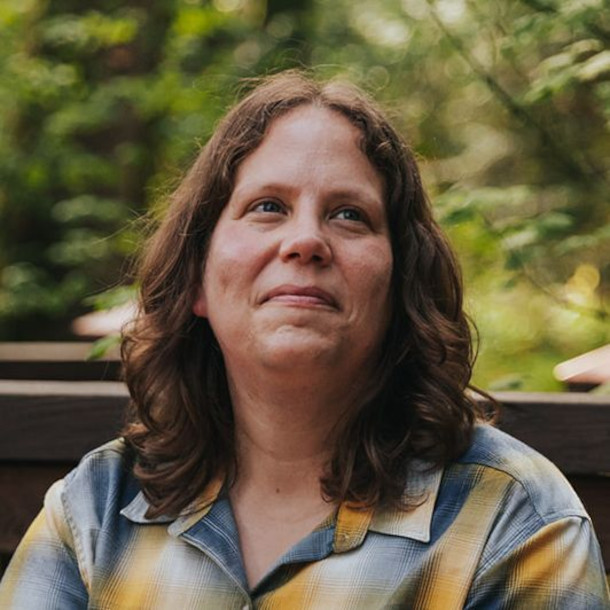
Syren Nagakyrie is the founder and director of the nonprofit Disabled Hikers. (Photo: Marissa Solini Photography)
DOERING: Why do you think it's important for society as a whole to prioritize accessibility and thinking about all kinds of different people being able to get outside? I mean, why is it important for society itself to take a look at this?
NAGAKYRIE: Yeah, absolutely. I think as a society, we have a responsibility to take care of each other, right? And that includes people who are disabled, and if you live long enough, you will have changes in your mobility and health that change the way that you engage with the outdoors. And again, I think that it's so important for people to recognize that disability is natural. It's a natural part of the way that human bodies and all bodies live and exist, and it's a normal way to be. And recognizing that is really important. And once we recognize that, then we can start saying, okay, so how do we normalize this? How do we make sure that people with disabilities are really included in all of these things that we value? And I think it's fair to say that in this country, with the National Park Service and all of that, we very much value access to these places, so disabled people should have access to that as well.
DOERING: Syren Nagakyrie is the founder and director of the nonprofit Disabled Hikers. Thank you so much, Syren.
NAGAKYRIE: Thank you.
Links
Living on Earth wants to hear from you!
Living on Earth
62 Calef Highway, Suite 212
Lee, NH 03861
Telephone: 617-287-4121
E-mail: comments@loe.org
Newsletter [Click here]
Donate to Living on Earth!
Living on Earth is an independent media program and relies entirely on contributions from listeners and institutions supporting public service. Please donate now to preserve an independent environmental voice.
NewsletterLiving on Earth offers a weekly delivery of the show's rundown to your mailbox. Sign up for our newsletter today!
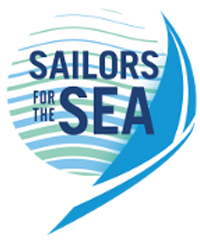 Sailors For The Sea: Be the change you want to sea.
Sailors For The Sea: Be the change you want to sea.
 The Grantham Foundation for the Protection of the Environment: Committed to protecting and improving the health of the global environment.
The Grantham Foundation for the Protection of the Environment: Committed to protecting and improving the health of the global environment.
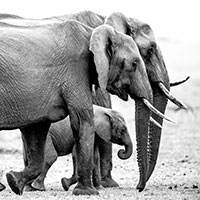 Contribute to Living on Earth and receive, as our gift to you, an archival print of one of Mark Seth Lender's extraordinary wildlife photographs. Follow the link to see Mark's current collection of photographs.
Contribute to Living on Earth and receive, as our gift to you, an archival print of one of Mark Seth Lender's extraordinary wildlife photographs. Follow the link to see Mark's current collection of photographs.
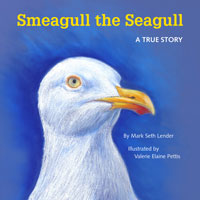 Buy a signed copy of Mark Seth Lender's book Smeagull the Seagull & support Living on Earth
Buy a signed copy of Mark Seth Lender's book Smeagull the Seagull & support Living on Earth

